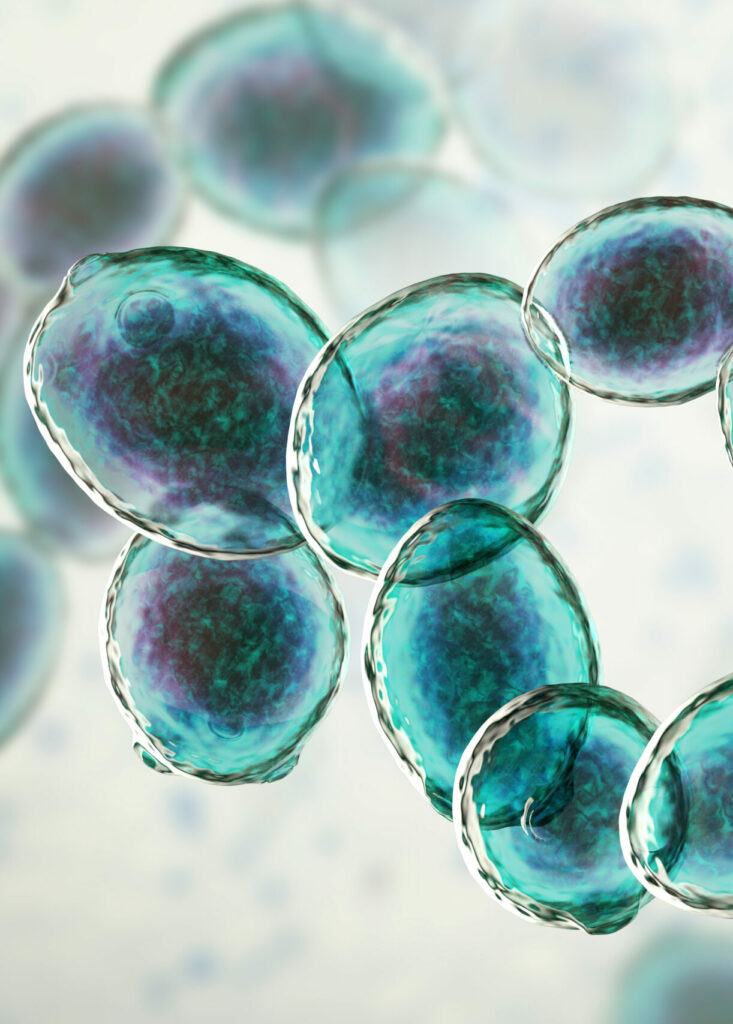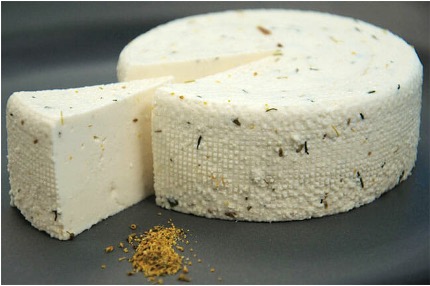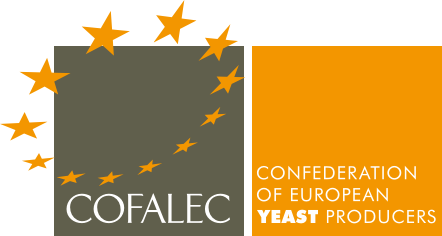At a time when the European Union, which is almost 90% dependent on imports for its vegetable protein needs, is advocating the strengthening of its autonomy with the development of new sources of European proteins as part of its “Farm to Fork” strategy, yeast, which is an excellent source of alternative proteins, is fully capable of participating in the strengthening of this autonomy and reducing the environmental impact of the European food chain,” says Marc Casier, former President of COFALEC.
Yeast is an excellent source of protein to enrich the diet.
Due to its high protein content, ranging from 45 to 50%, yeast is an excellent source of “alternative” plant proteins. It can be included in a vegetarian or vegan diet.
Proteins are part of every cell, tissue and organ in our body and are therefore essential for life. They consist of long chains of amino acids, which can take an infinite number of forms to play different roles in living organisms, for example, enabling the growth, repair and defence of the body’s tissues, and the building of muscle.
Faced with a growing world population and the environmental and animal welfare problems caused by the excessive consumption of animal proteins, the development of alternative proteins such as those made from plants, algae, insects and microorganisms (yeast, bacteria, etc.) is a forward-looking approach which is attracting an increasing number of consumers who are concerned about reducing the impact of their food on the environment and eating more healthily.
Yeast protein also has a very good amino acid composition consisting of 50% essential amino acids.
The digestibility of its amino acids is comparable to that of egg proteins, considered a benchmark. Yeast’s fibre, vitamin and mineral content reinforces its nutritional value. In short, yeast is a source of non-animal protein with great potential for development. Packaged in various powder forms, it can be added directly to foods and dishes as an ingredient or as a condiment to make them more nutritious and flavourful.


Yeast as a fermentation agent to produce innovative plant-based protein products
Yeast can be used in combination with other microbial communities, including bacteria, to ferment protein-rich plants such as legumes (peas and beans) and mixtures of plant ingredients.
Fermentation then significantly improves the organoleptic properties of the finished products and helps to increase their digestibility.
Innovative products such as cheese substitutes without dairy proteins can be produced in this way. For example, some processed dairy products can be replaced by almond, walnut, pea and soybean purées fermented with yeasts and bacteria.
